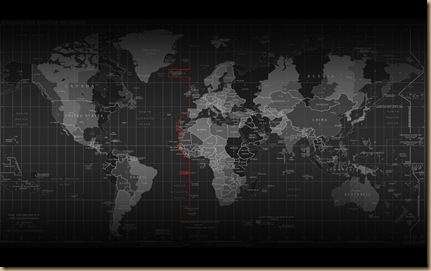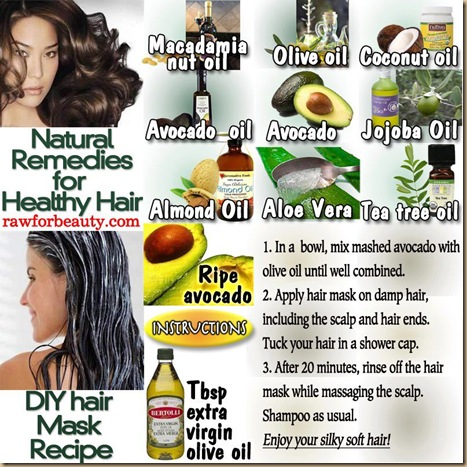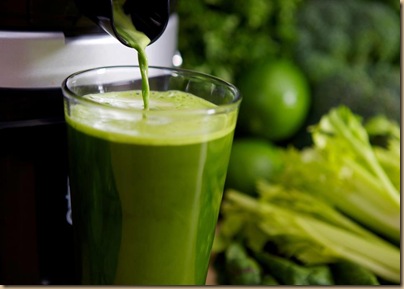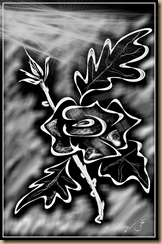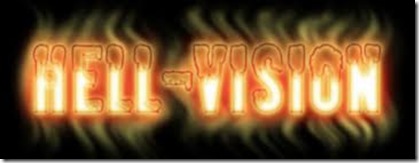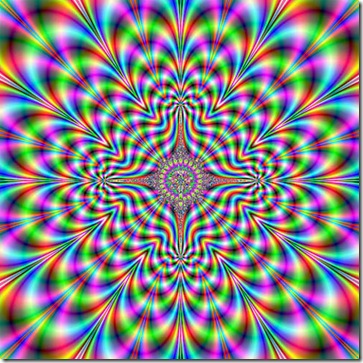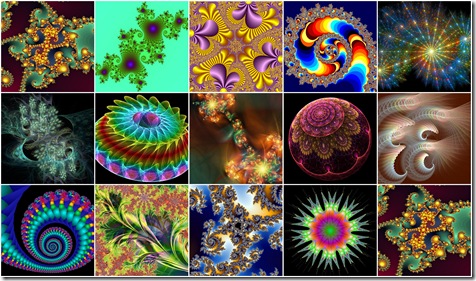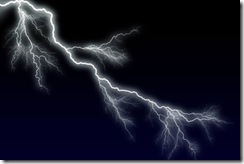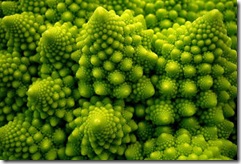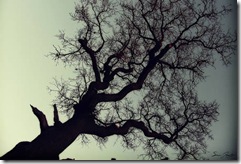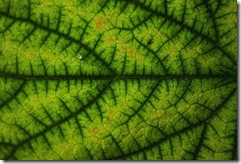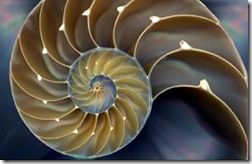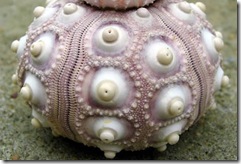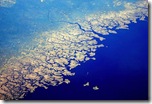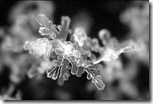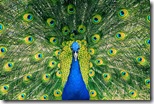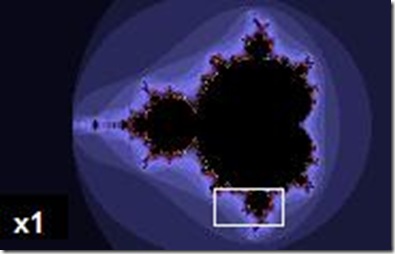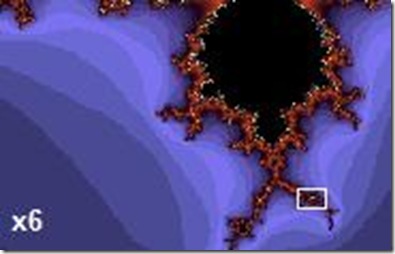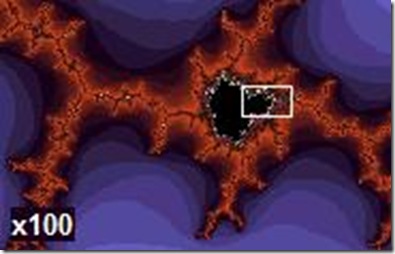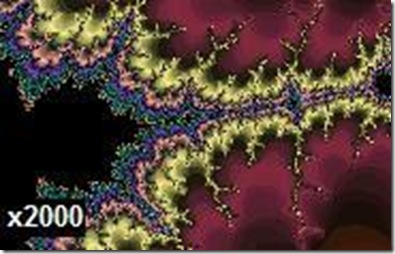O întrebare frecventă este: câte ţări sunt pe pământ? Cu toată diferenţa de cifre găsite pe Internet, în 2012 statistica stă astfel (pentru cei interesaţi).
Există 196 ţări în lume.
Dintre acestea, 193 ţări sunt membre ale Naţiunilor Unite (UN).
Pe lângă acest număr, există ţări independente: Vatican şi Kosovo, care nu sunt membre ale Naţiunilor Unite (UN).
Departamentul Statelor Unite ale Americii recunosc doar 195 ţări în lume. De pe lista lor lipseşte o entitate care ar putea fi sau nu considerată ţară, în funcţie de situaţia politică din ţara care face o astfel de statistică. Această entitate este TAIWAN, care deşi întruneşte toate elementele unei ţări independente şi statutul de ţară, din motive politice, nu este recunoscută de comunitatea internaţională drept stat independent.
Taiwan a fost membru al Naţiunilor Unite (UN) şi a făcut parte şi din Consiliul de Securitate până în anul 1971, când China a înlocuit Taiwan în această organizaţie. Taiwan continuă să facă presiuni pentru recunoaşterea sa oficială de către celelalte ţări, pentru a deveni şi ea parte din numărul ţărilor din lume, încă China susţine că Taiwan este doar o provincie din marea ţară, China.
Aşadar, există 196 ţări în lume (inclusiv Taiwan).
Pe lângă aceste ţări mai există o serie de teritorii şi colonii care sunt denumite eronat “ţări”, cu toate că ele sunt guvernate de anumite ţări. Cele mai grave confuzii se fac pentru regiuni precum Puerto Rico, Bermuda, Groenlanda, Palestina, Sahara de Vest şi chiar pentru componente care fac parte din Marea Britanie, cum ar fi Irlanda de Nord, Scoţia, Wales şi Anglia, care nu sunt ţări, state sau naţiuni-state independente.
Termenul de ţară, stat sau naţiune este folosit frecvent, dar între aceste noţiuni există ceva diferenţe.
Stat sau ţară independentă
- are teritoriu sau spaţiu cu graniţe delimitate şi recunoscute internaţional (chiar dacă sunt disputate aceste graniţe pe plan internaţional)
- are o populaţie stabilă
- are activitate şi organizare economică (reglementează comerţul intern şi extern şi emite monedă)
- are puterea să se organizeze social (educaţia)
- are sistem de transport pentru mărfuri şi oameni
- are un guvern care oferă servicii publice şi are putere poliţienească
- are suveranitate (nici un aşt stat nu are putere asupra teritoriilor acestui stat independent)
- are recunoaştere externă (adică a primit votul altor ţări drept recunoaştere)
Naţiune sau naţiune-stat
Naţiunile sunt grupuri omogene culturale de oameni, mai mari decât un trib sau o comunitate, care împărtăşesc aceeaşi limbă, aceleaşi instituţii, aceeaşi religie şi aceeaşi experienţă istorică. Când o naţiune de oameni are un Stat sau o Ţară proprie, se numeşte naţiune-stat- Locuri ca Franţa, Egip, Germania şi Japonia sunt naţiune-state. Există şi State care au două naţiuni, precum Canada şi Belgia. Chiar şi în societatea multiculturală, Statele Unite este o naţiune-stat deoarece împărtăşeşte aceeaşi “cultură” americană
Există şi naţiuni fără State. De exemplu, Kurzii sunt o naţiune fără Stat.
CELE 196 ŢĂRI INDEPENDENTE ŞI CAPITALELE LOR (dacă daţi click pe linkurile ţărilor veţi afla, în engleză, mai multe detalii despre ţara respectivă)
Afghanistan - Kabul
Albania - Tirana
Algeria - Algiers
Andorra - Andorra la Vella
Angola - Luanda
Antigua and Barbuda - Saint John's
Argentina - Buenos Aires
Armenia - Yerevan
Australia - Canberra
Austria - Vienna
Azerbaijan - Baku
The Bahamas - Nassau
Bahrain - Manama
Bangladesh - Dhaka
Barbados - Bridgetown
Belarus - Minsk
Belgium - Brussels
Belize - Belmopan
Benin - Porto-Novo
Bhutan - Thimphu
Bolivia - La Paz (administrative); Sucre (judicial)
Bosnia and Herzegovina - Sarajevo
Botswana - Gaborone
Brazil - Brasilia
Brunei - Bandar Seri Begawan
Bulgaria - Sofia
Burkina Faso - Ouagadougou
Burundi - Bujumbura
Cambodia - Phnom Penh
Cameroon - Yaounde
Canada - Ottawa
Cape Verde - Praia
Central African Republic - Bangui
Chad - N'Djamena
Chile - Santiago
China - Beijing
Colombia - Bogota
Comoros - Moroni
Congo, Republic of the - Brazzaville
Congo, Democratic Republic of the - Kinshasa
Costa Rica - San Jose
Cote d'Ivoire - Yamoussoukro (official); Abidjan (de facto)
Croatia - Zagreb
Cuba - Havana
Cyprus - Nicosia
Czech Republic - Prague
Denmark - Copenhagen
Djibouti - Djibouti
Dominica - Roseau
Dominican Republic - Santo Domingo
East Timor (Timor-Leste) - Dili
Ecuador - Quito
Egypt - Cairo
El Salvador - San Salvador
Equatorial Guinea - Malabo
Eritrea - Asmara
Estonia - Tallinn
Ethiopia - Addis Ababa
Fiji - Suva
Finland - Helsinki
France - Paris
Gabon - Libreville
The Gambia - Banjul
Georgia - Tbilisi
Germany - Berlin
Ghana - Accra
Greece - Athens
Grenada - Saint George's
Guatemala - Guatemala City
Guinea - Conakry
Guinea-Bissau - Bissau
Guyana - Georgetown
Haiti - Port-au-Prince
Honduras - Tegucigalpa
Hungary - Budapest
Iceland - Reykjavik
India - New Delhi
Indonesia - Jakarta
Iran - Tehran
Iraq - Baghdad
Ireland - Dublin
Israel - Jerusalem*
Italy - Rome
Jamaica - Kingston
Japan - Tokyo
Jordan - Amman
Kazakhstan - Astana
Kenya - Nairobi
Kiribati - Tarawa Atoll
Korea, North - Pyongyang
Korea, South - Seoul
Kosovo - Pristina
Kuwait - Kuwait City
Kyrgyzstan - Bishkek
Laos - Vientiane
Latvia - Riga
Lebanon - Beirut
Lesotho - Maseru
Liberia - Monrovia
Libya - Tripoli
Liechtenstein - Vaduz
Lithuania - Vilnius
Luxembourg - Luxembourg
Macedonia - Skopje
Madagascar - Antananarivo
Malawi - Lilongwe
Malaysia - Kuala Lumpur
Maldives - Male
Mali - Bamako
Malta - Valletta
Marshall Islands - Majuro
Mauritania - Nouakchott
Mauritius - Port Louis
Mexico - Mexico City
Micronesia, Federated States of - Palikir
Moldova - Chisinau
Monaco - Monaco
Mongolia - Ulaanbaatar
Montenegro - Podgorica
Morocco - Rabat
Mozambique - Maputo
Myanmar (Burma) - Rangoon (Yangon); Naypyidaw or Nay Pyi Taw (administrative)
Namibia - Windhoek
Nauru - no official capital; government offices in Yaren District
Nepal - Kathmandu
Netherlands - Amsterdam; The Hague (seat of government)
New Zealand - Wellington
Nicaragua - Managua
Niger - Niamey
Nigeria - Abuja
Norway - Oslo
Oman - Muscat
Pakistan - Islamabad
Palau - Melekeok
Panama - Panama City
Papua New Guinea - Port Moresby
Paraguay - Asuncion
Peru - Lima
Philippines - Manila
Poland - Warsaw
Portugal - Lisbon
Qatar - Doha
Romania - Bucharest
Russia - Moscow
Rwanda - Kigali
Saint Kitts and Nevis - Basseterre
Saint Lucia - Castries
Saint Vincent and the Grenadines - Kingstown
Samoa - Apia
San Marino - San Marino
Sao Tome and Principe - Sao Tome
Saudi Arabia - Riyadh
Senegal - Dakar
Serbia - Belgrade
Seychelles - Victoria
Sierra Leone - Freetown
Singapore - Singapore
Slovakia - Bratislava
Slovenia - Ljubljana
Solomon Islands - Honiara
Somalia - Mogadishu
South Africa - Pretoria (administrative); Cape Town (legislative); Bloemfontein (judiciary)
South Sudan - Juba (Relocating to Ramciel)
Spain - Madrid
Sri Lanka - Colombo; Sri Jayewardenepura Kotte (legislative)
Sudan - Khartoum
Suriname - Paramaribo
Swaziland - Mbabane
Sweden - Stockholm
Switzerland - Bern
Syria - Damascus
Taiwan - Taipei
Tajikistan - Dushanbe
Tanzania - Dar es Salaam; Dodoma (legislative)
Thailand - Bangkok
Togo - Lome
Tonga - Nuku'alofa
Trinidad and Tobago - Port-of-Spain
Tunisia - Tunis
Turkey - Ankara
Turkmenistan - Ashgabat
Tuvalu - Vaiaku village, Funafuti province
Uganda - Kampala
Ukraine - Kyiv
United Arab Emirates - Abu Dhabi
United Kingdom - London
United States of America - Washington D.C.
Uruguay - Montevideo
Uzbekistan - Tashkent
Vanuatu - Port-Vila
Vatican City (Holy See) - Vatican City
Venezuela - Caracas
Vietnam - Hanoi
Yemen - Sanaa
Zambia - Lusaka
Zimbabwe – Harare
Pe lângă aceste 196 ţări din lume care sunt independente (Taiwan inclus) mai există peste 60 teritorii, colonii şi dependenţi ai ţărilor independente.

